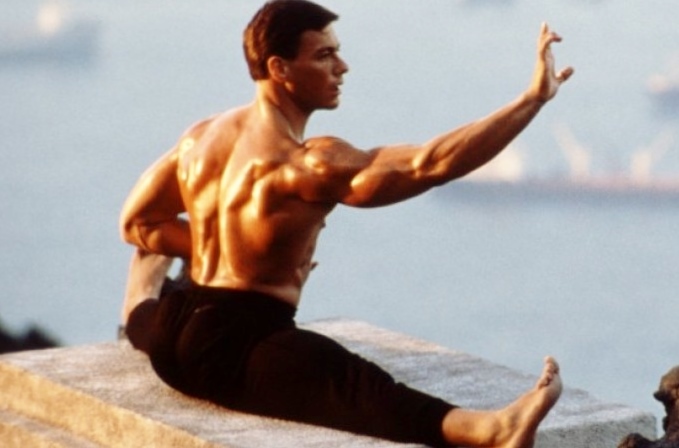Flexibility is key to allow us to move freely and comfortably, and can also help prevent injury during exercise. Proprioceptive neuromuscular facilitation (PNF) stretching relies on reflexes to produce deeper stretches that increase flexibility.
What is PNF Stretching?
PNF stretching was developed by Dr. Herman Kabat in the 1940s as a means to treat neuromuscular conditions, such as polio and multiple sclerosis. PNF techniques have since gained popularity with physical therapists and other fitness professionals. According to research from the University of Queensland, PNF stretching may be the most effective stretching technique for increasing range of motion.
How does it Work?
While there are multiple PNF stretching techniques, all of them rely on stretching a muscle to its limit. Doing this triggers the inverse myotatic reflex, a protective reflex that calms the muscle to prevent injury. PNF causes the brain to say “ I don’t want that muscle to tear “ and sends a message to let the muscle relax a little more than it would normally.
How do I start?
If you want to increase your range of motion in a particular area because of an injury, consult a physical therapist trained in PNF stretching. To improve your general flexibility, it’s recommended to target the “long kinetic chains” in the body. These include the side fascia, hip flexors, hamstrings, glutes, and back. If you can open these, you they can have a real impact on mobility
How do I do it right?
Every time you exhale and deepen the stretch, you should see a noticeable change in range of motion, from 10 to 45 degrees”. PNF stretching may be uncomfortable, but it should never feel like a pinch or cause pain.
Breath through stretches and using calming thoughts to avoid tightening up during the stretch. Keep it simple and remember: contract, relax, breathe, and stretch. The nervous system and reflexes will do the rest. Here is how:
1 – Stretch as you usually do. You can choose any stretch.
2 – Contract for 10 seconds. Either with help of a friend, against an obstacle or against yourself (using your belt is always effective). Make sure the pressure activates your antagonist (opposite) muscles.
3 – Relax. Then repeat the process a couple of times (3-4 times is enough).
This simple process can increase your flexibility by 39% within 10 seconds. Figure out the opposite direction of any stretch and apply pressure in 8 second intervals – against the floor, yourself, the wall or a friend – combined with pauses of relaxation and passive stretch.
Do you need more flexibility?
When people say “I want more flexibility” they often mean “I want to kick higher”. Flexibility alone won’t make you kick higher. To kick to the best of your ability, you need: Balance. Strength. Flexibility.
Flexibility is what gives you the potential to kick higher, but strength (i.e. in the end-range of motion) is what actually takes you there, and balance is what let’s you stay there. Make sure you practice all three to kick better, higher, faster and harder. Flexibility is just one single piece of the puzzle.
The best time for flexibility training was twenty years ago. But the second best time is NOW.
Good luck!
Sensei Jo

